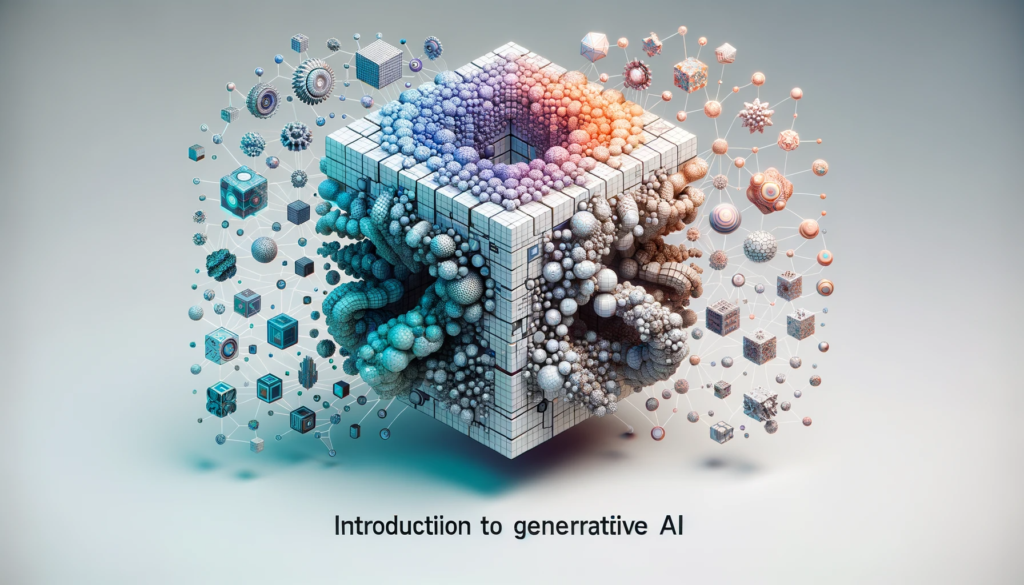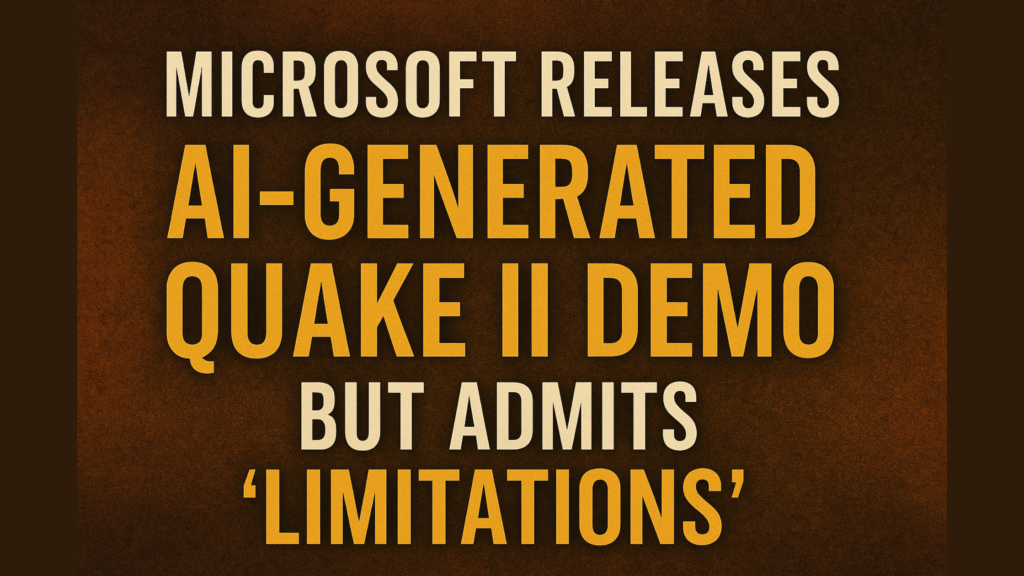On April 16, 2025, OpenAI introduced two groundbreaking AI models: o3 and o4-mini. These models represent a significant leap in artificial intelligence, emphasizing advanced reasoning capabilities and multimodal understanding. Let’s delve into what makes these models stand out and their implications for various industries.
Introducing o3 and o4-mini
o3 is OpenAI’s most advanced reasoning model to date. It’s designed to handle complex tasks across various domains, including coding, mathematics, science, and visual perception. Notably, o3 integrates visual inputs into its reasoning process, allowing it to analyze images, charts, and graphics effectively. This multimodal approach enables o3 to tackle multifaceted questions with a depth of understanding previously unattainable by AI models.
o4-mini, on the other hand, is a more compact and efficient model optimized for speed and cost-effectiveness. Despite its smaller size, o4-mini delivers impressive performance, particularly in mathematics, coding, and visual tasks. It achieves remarkable results on benchmarks like AIME 2025, scoring 99.5% when utilizing a Python interpreter. This makes o4-mini an excellent choice for applications requiring high-volume, high-throughput reasoning.
Key Features and Capabilities
-
Multimodal Reasoning: Both models can process and reason with visual inputs, integrating images into their chain-of-thought processes. This allows for advanced tasks such as interpreting sketches, analyzing charts, and manipulating images during reasoning tasks.
-
Tool Integration: o3 and o4-mini have access to all ChatGPT tools, including web browsing, code execution, and image generation. They are trained to determine when and how to use these tools effectively, producing detailed and thoughtful responses typically in under a minute.
-
Enhanced Performance: o3 sets new state-of-the-art benchmarks in areas like coding (Codeforces, SWE-bench) and multimodal understanding (MMMU). It makes 20% fewer major errors than its predecessor, o1, on challenging real-world tasks.
-
Efficiency: o4-mini offers a balance between performance and efficiency, supporting significantly higher usage limits than o3. It’s ideal for scenarios where cost and speed are critical factors.
Applications Across Industries
The capabilities of o3 and o4-mini open up new possibilities across various sectors:
-
Education: Personalized tutoring systems that can explain complex concepts using both text and visuals.
-
Healthcare: Analyzing medical images and patient data to assist in diagnostics and treatment planning.
-
Finance: Interpreting financial charts and data to provide insights and forecasts.
-
Software Development: Assisting in code generation, debugging, and understanding complex codebases.
-
Creative Industries: Generating and evaluating creative content, including visual arts and design.
Looking Ahead
The release of o3 and o4-mini marks a significant milestone in the evolution of AI. These models not only enhance the capabilities of ChatGPT but also pave the way for more autonomous and intelligent AI systems. OpenAI continues to push the boundaries of what’s possible, with GPT-5 expected to build upon these advancements in the near future.

